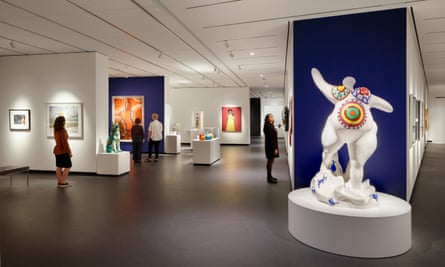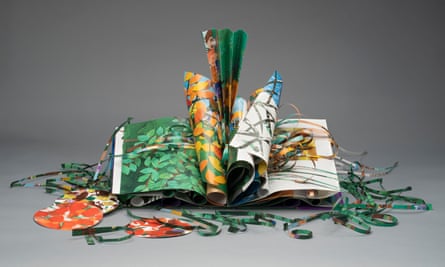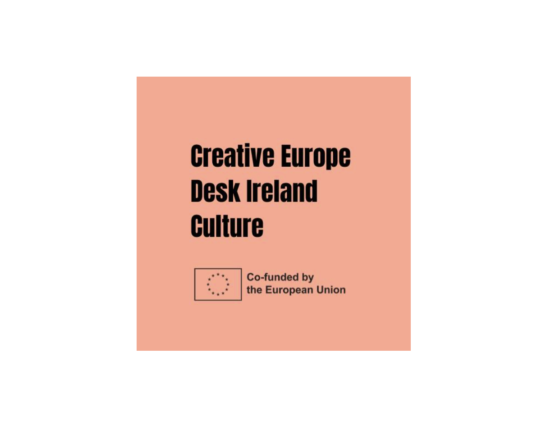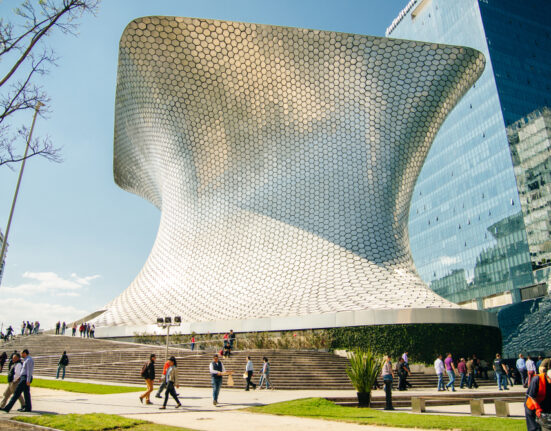The statistics are shocking. In 2019, a study published in the journal Plos One found that in the collections of 18 major US museums, 87% of artworks were by men and 85% by white artists. In 2022, the Burns Halperin report found that in the acquisitions made at 31 prominent US museums between 2008 and 2020, 11% were by female-identifying artists, while just 0.5% were by Black American women. One institution, however, is the exception: the National Museum of Women in the Arts (NMWA) in Washington DC, which last month reopened after more than two years.
The museum was founded by Wilhelmina Cole Holladay who, while travelling around Europe in the 1970s, had a lightbulb moment. She discovered the work of Clara Peeters, a Flemish painter working at the start of the 17th century. Peeters painted still lifes – a genre typical for western women at the time as they were denied the sort of education that would have helped them create large-scale paintings of historic scenes. Still life was also easily achievable in the home. Peeters had a knack for meticulously rendered pictures of flowers, shells, ceramics and more, but she went one step further. Look closely at the reflections in her goblets in the 1612 work Still Life with Flowers, Gilt Goblets, Coins and Shells and you will see a flurry of minuscule self-portraits.
Astonished by Peeters’ work, Holladay went to look her up in the definitive art history text of the day, HW Janson’s History of Art. Not only could she find no information on Peeters, there was also no mention of any other female artist. So began Holladay’s lifelong mission to collect artworks by women. By the start of the 1980s, her collection stretched to 500 works and, before the decade was over, a permanent home had been found for it.

NMWA, a former masonic temple two blocks from the White House, was opened to the public in April 1987 by former first lady Barbara Bush as the first museum in the world solely dedicated to championing women through the arts. Now boasting over 6,000 works – from sculpture to photography, painting to embroidery – by 1,500 artists from across the globe, the museum has undergone a major renovation. Its reopening, by Jill Biden, was met with great acclaim.
Although this is a museum filled with work by women, it is not exclusively for women. People of all ages, genders and backgrounds can – and should – visit. After all, the statistics are still appalling: just 1% of London’s National Gallery collection is made up of art by women – doesn’t that essentially make it the National Gallery of Men in the Arts? That’s why museums like NMWA are so vital. Gallery walls should reflect everyone. Then everyone will feel welcome.

This also applies to the range of artwork represented, and one new show at NMWA particularly caught my eye. Located on the fourth floor – beside the fabulous library housing 11,000 books and 17,000 papers by female artists – is Holding Ground. This exhibition explores “the artist’s book”, an artform that expands the format of the book but is often overlooked by museums. Included is Alisa Banks’s History of a People, which uses scent to elicit memories of the transatlantic slave trade and the fight for emancipation. According to Banks, “scent is what helps with memory when there is no historical record”. There’s also IBe’ Bulinda Crawley’s A Dwelling for Her Story which, set up as a house, honours her ancestors’ home and highlights women’s need for creative space.
Taking us full circle, a work by Colette Fu recreates Janson’s History of Art but – unlike the original and to right the wrongs of the past – imagines a publication that celebrated Peeters, with a sprawling pop-up version of her great still life. This made me think: if history had recorded such women, institutions such as NMWA would not have to exist and nor would women’s prizes across all sorts of areas of creative endeavour.
What Holladay teaches us is that if you see something is missing, do something about it – no matter how small. And use whatever capacity or platform you have to support overlooked voices. It might be thinking about what businesses we support (companies founded by women receive on average less than 3% of venture capital funding), what books we read, or what subjects we study or teach to younger generations. While nothing can happen overnight, small changes can lead to seismic shifts. We could ask the National Gallery to gather together its artworks by women and make them the first thing visitors see when they walk in. If we don’t take steps like these, how will things ever change?






